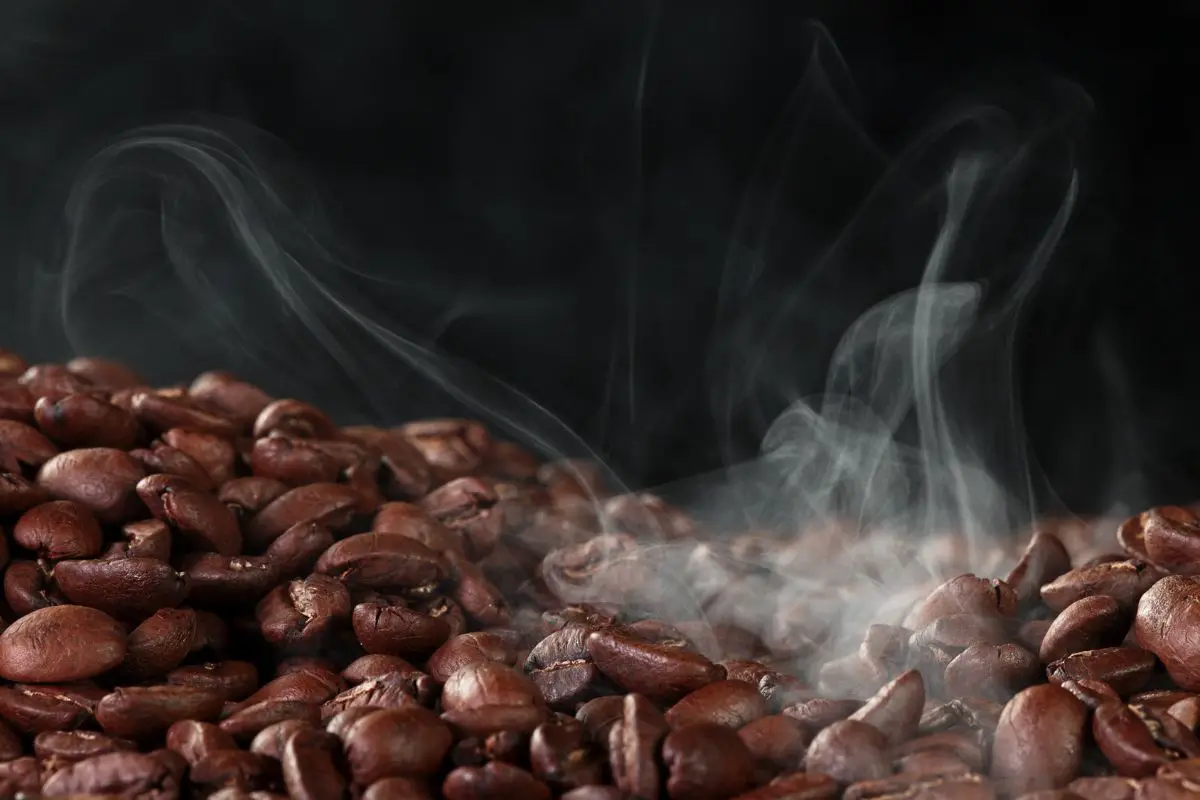Table of Contents
*This post may contain affiliate links. As an Amazon Associate we earn from qualifying purchases.
Greetings, coffee enthusiasts! If you’re reading this, chances are you have a serious love for espresso. And why wouldn’t you? It’s a beautiful blend of concentrated coffee and creamy, velvety milk. It’s the perfect pick-me-up for those mornings when you need a little extra jolt. But let’s be real, not all espressos are created equal. You might be drinking what you think is the best cup of espresso, but it might actually be mediocre. How do you make sure that you’re getting the best cup of espresso every time? By choosing the right beans, that’s how!
Understanding Espresso
Before we dive into the world of beans, let’s take a moment to understand what exactly espresso is. Espresso is a highly concentrated coffee drink that is brewed by forcing pressurized water through finely ground coffee beans. The result is a small, flavorful shot of coffee that packs a serious punch. The key to making a great cup of espresso is to have the right grind size and to use the correct brewing time and pressure.
Espresso is not to be confused with other coffee drinks like drip coffee or Americano. Drip coffee is made by slowly filtering hot water through coffee grounds, resulting in a larger cup of coffee. Americano, on the other hand, is made by diluting espresso with hot water. So if you’re an espresso lover, make sure you’re ordering the right thing!
Factors to Consider When Choosing Beans for Espresso
So you’re ready to make the perfect cup of espresso, but where do you start? There are several factors to consider when choosing the right beans for your espresso. These include: bean origin, roast level, blend, and freshness.
The Importance of Bean Origin
The first factor to consider is the origin of the beans. Coffee beans are grown in different regions all around the world, each with its own unique climate and soil. These factors play a big role in determining the flavor profile of the coffee. For example, coffee grown in South America tends to have a nutty and chocolatey flavor, while coffee grown in Africa has a bright and fruity flavor.
It’s important to note that the flavor profile of coffee can also be affected by things like altitude, rainfall, and temperature. So even if two coffee beans are from the same region, they might taste different based on these factors.
Bean Roast Level
The next factor to consider is the roast level of the beans. There are three main roast levels: light, medium, and dark. Light roast beans are lighter in color and have a lighter flavor, while dark roast beans are darker in color and have a bolder flavor.
The roast level of the beans has a big impact on the flavor of the espresso. A light roast will result in a bright and acidic espresso, while a dark roast will result in a full-bodied and rich espresso. It’s all about personal preference, so experiment with different roast levels to see what you like best.
Bean Blend
The third factor to consider is the blend of the beans. A blend is simply a mixture of coffee beans from different origins. Blends can be made up of beans from just two different regions, or they can be made up of beans from several regions.
The benefits of using a blend are that you can get a variety of flavors in one cup of espresso. For example, you might get the nuttiness from a South American bean and the fruity notes from an African bean. This creates a more complex flavor profile that is sure to please.
Bean Freshness
The final factor to consider when choosing beans for espresso is freshness. Coffee beans start to lose their flavor and aroma as soon as they’re roasted, so it’s important to choose beans that are as fresh as possible. You can tell if beans are fresh by checking the roast date on the bag. Make sure to choose beans that were roasted within the last two weeks for the best flavor.
Deciding Between Single-Origin or Blend Beans
Now that you know about the factors to consider when choosing beans for espresso, you might be wondering if you should choose a single-origin bean or a blend. Both have their own unique advantages, so it all comes down to personal preference.
Single-origin beans are a great choice if you want to taste the unique flavors of a specific region. This is a great option if you want to try different beans from different regions and compare their flavors.
Blend beans, on the other hand, are a great option if you want a more complex flavor profile. Blends are made by expert roasters who carefully select beans from different regions to create a unique flavor profile. This is a great option if you want to try a variety of flavors in one cup of espresso.
In conclusion, choosing the right beans for your espresso is crucial for getting the best flavor possible. By considering factors such as bean origin, roast level, blend, and freshness, you can ensure that you’re getting a delicious cup of espresso every time. Whether you choose a single-origin bean or a blend, just make sure to choose fresh beans for the best flavor.
Final Thoughts
So there you have it, folks! The world of espresso beans can seem overwhelming, but by considering these key factors, you’ll be able to choose the perfect beans for your espresso. Don’t be afraid to experiment with different beans and roast levels to find the perfect flavor for you. And remember, a great cup of espresso starts with great beans!

